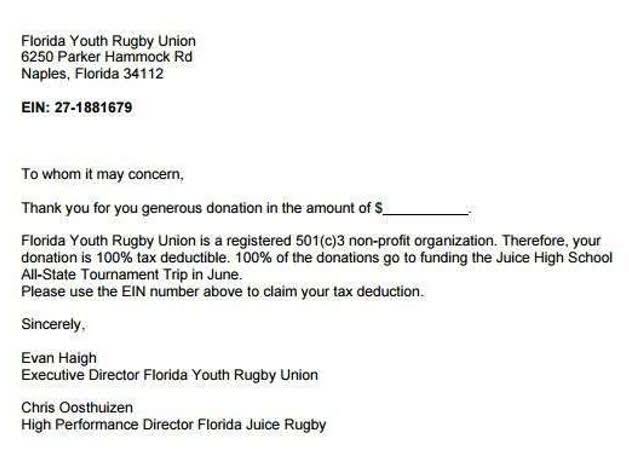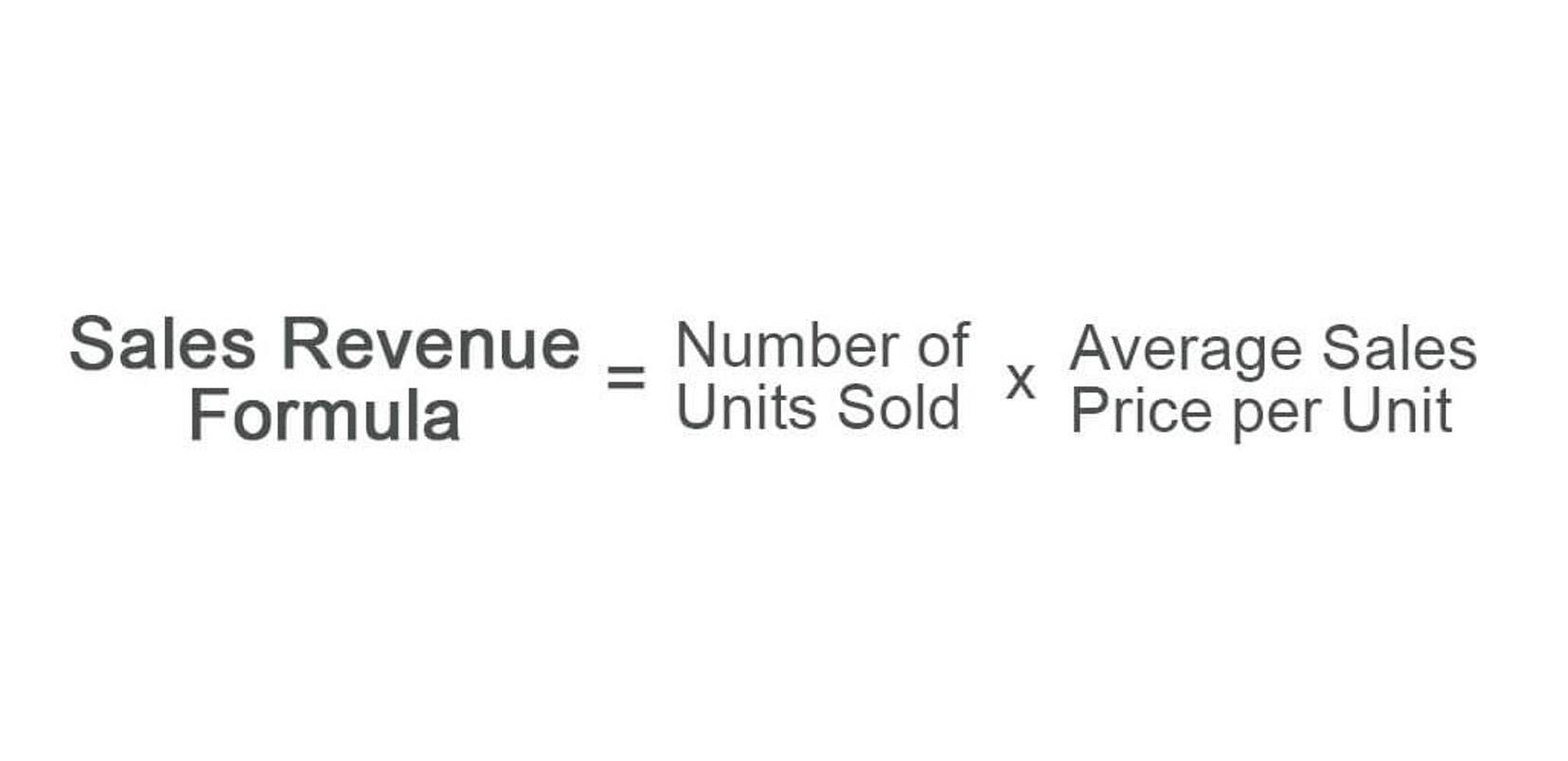
Be mindful of recurring expenses, like rent and employee wages, as well as less common expenses, such as one-off equipment purchases. Cash outflow includes all payments or activities that result in funds moving out of bookkeeping your business. Basically, any money that you spend to keep your business running qualifies as a cash outflow.
- This way, cash flow becomes a forward-looking strategic tool, not just another element of financial analysis after the fact.
- Investments in new machinery, technology upgrades, or acquisitions can increase production efficiency and open new revenue streams.
- It includes the cash your customers pay immediately for the products or services you sell.
- Cash outflows from financing activities include loan payments, stock dividend payments, etc.
Understanding the Differences Between Cash Inflow and Outflow
It directly impacts a business’s ability to respond to unprecedented challenges. This notable surge emphasizes the importance of cash flows as a fundamental indicator of financial health and operational stability. The sale of these assets (if they are sold at a gain) is reported as a cash inflow on the cash flow statement. The asset value is debited from the “cash or cash equivalents” line on the balance statement, as you no longer hold the asset.

How to Determine Cash Outflows
Cash flow management is the practice of conducting regular cash flow analyses to stay on top of your business’ cash position. It allows business owners and finance leaders to make important business decisions based on their company’s financial health. In the financing category, cash inflow includes cash inflow vs outflow the amount of money that you borrow and income generated by selling stock or equity. Cash outflows refer to dividend payments and the funds used for principal repayment of the principal amount on existing debt. When it comes to reducing outflows, effective cash management is paramount.
Why maintain positive cash flow in your business?

Cash inflow and outflow are the liquid cash and cash equivalents that move through your business. By the end of this article, you should be able to confidently calculate your cash flow, understand your cash flow statement, and plan for more positive cash flow in your business. The performance of an organisation is assessed by calculating the ratio of the actual cash flow statement and the projected cash flow statement. A favourable relationship between the actual and projected cash flow statement can lead to performance appraisal. Cash inflow refers to the revenue generated or income received by the business. In simple terms, it is the cash that comes into the organisation due to its operating, financial or investing activities.

Business Credit vs. Personal Credit: What’s the Difference?
Keep in mind, however, that something like a loan is technically a cash inflow, even though it will result in future cash outflows as you repay your debt. Cash outflow includes any debts, liabilities, and operating costs– any amount of funds leaving your business. A healthy business maintains a positive cash flow by keeping flows from operating low, and minimizing long-term debts. The sales of products by the business are usually both income and cash inflows (cash method of accounting). The timing is also often the same as long as a check is received and deposited in your account at the time of the sale.
What About Cash Flow Forecasting?
If working capital increases, more money is tied up with a particular account, leaving less money for other activities, which may otherwise generate an How to Run Payroll for Restaurants inflow. A freelance graphic designer faced cash flow problems because clients often paid late, sometimes up to 60 days after invoicing. The startup also diversified income by launching a rental program for outdoor equipment, creating a steady cash inflow even during off-peak times.
What is a financial report?
- It’s easy to mix up cash flow with profit and working capital, so it’s important to distinguish the difference.
- This strategy is a prime reason for saving cash for operating and other business expenses.
- Pricing decisions influence cash inflow by affecting the volume of sales and the profit margins on goods and services sold.
- Cash flow from operations (CFO) describes money flows involved directly with the production and sale of goods from ordinary operations.
- Tracking each of these factors is important for efficient cash flow management.
Using the right tools, implementing efficient processes, and learning from real-life experiences help businesses maintain a healthy cash flow balance. For startups and established businesses alike, strong cash flow positively influences company valuation during fundraising, mergers, or sales. Buyers and investors value predictable and healthy cash flows as indicators of a business’s long-term viability.
- Expenses like storage costs, utilities, travel expenses, and rent are all contributing factors in operating activities.
- For instance, income statement calculations are prepared on an accrual basis and so the amounts cannot be directly used to calculate cash flow.
- Generate ICAI-compliant financial statements for non-corporates using the Excel template.
- By managing cash flow effectively, businesses can reduce their tax liabilities by maximizing deductions and taking advantage of tax credits.
- A rolling forecast allows you to make better decisions based on the most recent financial information.

First and foremost, enhancing receivables collection can significantly boost cash inflow. Setting clear payment terms and utilizing technology to automate the invoicing process can speed up collections. Offering incentives for early payments, like small discounts, can also encourage prompt payment from customers. For more detailed insights on improving receivables collection, you may visit the discussion on Reddit. It is an attractive factor for investors to know the source and frequency of capital raised by the company.

